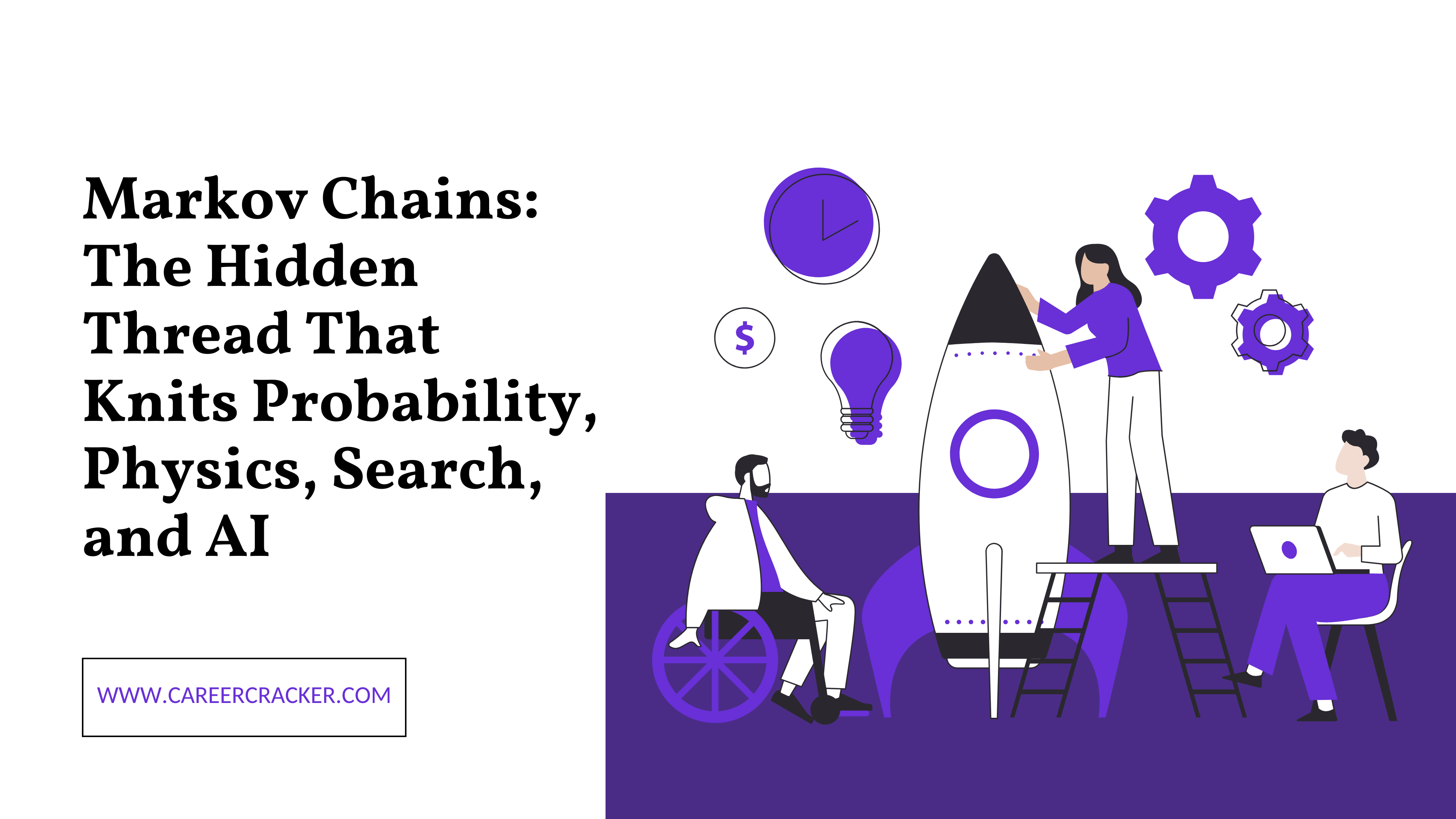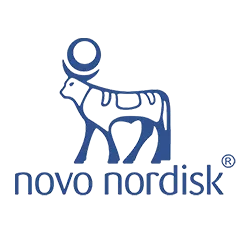
Markov Chains: The Hidden Thread That Knits Probability, Physics, Search, and AI
When Mathematicians Clash and a New Idea Is Born
At the dawn of the 20th century in Russia, two giants of probability theory locked horns over a seemingly simple question: when you see a pattern emerge in data—say, the proportion of heads in coin flips—can you assume each event was truly independent? Pavel Nekrasov, a celebrated probabilist, said yes: convergence to an average (the law of large numbers) meant independence. Andrey Markov begged to differ. He believed that even linked, dependent events could settle into a steady long‑term behavior. Their debate wasn’t just academic nitpicking—it set the stage for Markov’s revolutionary insight.
From Pushkin’s Poetry to Predictive Machines
Markov proved his point in a delightfully concrete way: he took the text of Pushkin’s Eugene Onegin and reduced it to a two‑state system—vowels and consonants. By counting how often a vowel follows a consonant (and vice versa), he built a simple “transition matrix.” Despite the obvious dependencies (certain letters cluster together), the overall ratio of vowels to consonants in his model matched the actual text. In other words, even a dependent process obeyed the same averaging law that Nekrasov attributed only to independent events. Thus was born the Markov chain, a process where the future depends only on the present state, not the full past.
Rolling the Dice on the Monte Carlo Method
Fast‑forward to 1946: Stan Ulam, recovering from illness at Los Alamos, wondered about his odds of winning Solitaire. He played hundreds of games, averaged the outcomes, and realized this “play‑and‑average” trick could solve far more critical puzzles—like how neutrons bounce around inside a nuclear core. Together with John von Neumann, Ulam turned this into the Monte Carlo method, named in homage to casinos. Here’s the twist: neutron paths are inherently dependent—their next collision depends on current energy and direction—so simulating these paths is nothing more than running a Markov chain on subatomic particles. After enough runs, physicists could predict whether a chain reaction would fizzle or go supercritical.
Surfing the Web with Random Walks
Jump ahead again to the explosive growth of the World Wide Web in the mid‑1990s. How do you rank billions of pages by importance? Larry Page and Sergey Brin hit upon a brilliant idea: imagine a “random surfer” clicking links at random. Each webpage is a “state” in a giant Markov chain, and hyperlinks define the transition probabilities. To prevent the surfer from getting stuck in dead ends or loops, you sprinkle in a small chance (about 15 %) of leaping to any page at random. The stationary distribution of that process—the fraction of time spent on each page—is the now‑legendary PageRank. It turned Google from a clever crawler into the world’s most effective ranking engine.
Chaining Words: From Shannon to GPT
Long before today’s AI chatbots, Claude Shannon dreamed of predicting text by analogy with coin flips and Pushkin’s vowels. He first built letter‑based Markov models—guessing each letter from its predecessor—then moved to words. Even a simple model that looks at the last one or two words can generate surprisingly coherent phrases. Modern large‑language models (LLMs) extend this idea to sequences of hundreds of tokens and add an extra twist called attention: instead of treating all past tokens equally, the model learns which earlier words really matter for the next prediction. Yet at their heart, these systems still lean on the same memory‑limiting core that Markov first described.
The Magic—and Limits—of Memorylessness
What makes Markov chains so powerful is their memoryless property: to know what comes next, you only need the present snapshot, not the entire history. This slashes computational complexity, letting us model everything from text to web navigation to nuclear reactions. But not all processes are so obliging. Systems with strong feedback loops—think climate change, where warming fuels more warming through increased water vapor—can’t be fully captured by a simple memoryless model. You need extra layers of state or entirely different techniques to handle that kind of history dependence.
Shuffling Cards: When Randomness Becomes Science
Finally, the video brings us full circle with a humble deck of cards. How many riffle shuffles does it take to truly randomize a deck of 52? By treating each possible arrangement of the deck as a state in a colossal Markov chain—where each shuffle defines transition probabilities—mathematicians proved that seven riffles are enough to mix the cards so that every order is almost equally likely. That’s why dealers use “seven‑and‑up” as the gold standard, turning magic‑shop sleights into rigorous probability.
Why Markov Chains Matter Today
From settling Solitaire bets to powering Google searches, from approximating nuclear physics to raising the sophistication of AI text generators, Markov chains offer a unifying framework for modeling complexity with simplicity. A century ago, they emerged from a heated academic feud over the nature of randomness. Today, they’re woven into the fabric of modern technology, reminding us that even the most tangled dependencies can be tamed when we focus on the present moment—and let the past recede into the elegant machinery of probabilities.
Hiring Partners










































